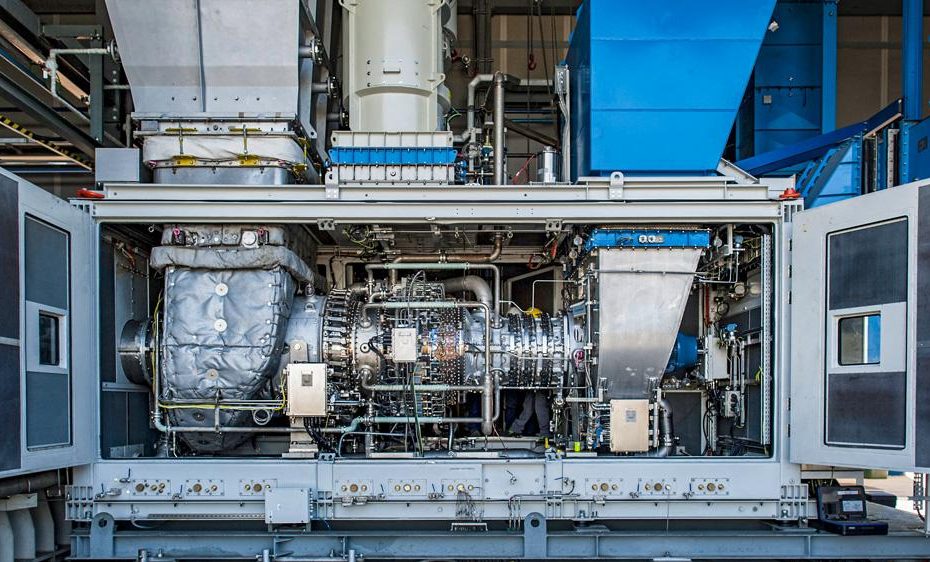The European Commission (EC) has published the new 2022 guidelines on State aid for climate, environmental protection and energy (OACME), which provide public authorities with the necessary framework to support the objectives of the European Green Pact in an effective and minimally distortive way, shows a press release from the Commission.
According to the EC, the CEEAG and the EU Taxonomy are both important pillars of the European Green Deal, fulfilling different but complementary roles. The CEEAG are the EU rulebook for public support in the energy and environmental sectors, setting out which projects can be supported with public funds and how this support can be provided while minimizing impacts on the market and providing value to European citizens. The EU Taxonomy is a tool developed to enable private investors to re-orient investments towards more sustainable technologies and businesses. The Taxonomy can be a very useful tool in the context of EU State aid assessments: where measures meet the taxonomy requirements, the State aid assessment can be simplified. Support may in some cases also be granted to projects that do not meet the standards laid down in the Taxonomy so long as their positive effects are justified and a lock-in of non-sustainable activities is avoided.
In late December 2021, the Commission published its revised version of the CEEAG, intended to be a cornerstone in the EU’s pursuit of the Green Deal objectives. The CEEAG introduce fundamental changes compared to the previous Guidelines for Energy and Environmental Aid.
Up to 100% state aid for more categories of investments and technologies
There are 13 permitted aid categories, according to Freshfields Bruckhaus Deringer LLP. Member States may fund up to 100% of the costs for decarbonization projects if: (i) this leads to accelerated decarbonization that the market would not have delivered, and (ii) there is no overcompensation of the beneficiaries. Aid under the CEEAG can be combined with other aid, e.g. the Regional Aid, up to the maximum aid amounts under each instrument, allowing for significantly higher funding of individual projects.
Member States can support new categories of investments and technologies (e.g. clean mobility infrastructure, resource efficiency, biodiversity) and all technologies that can deliver the Green Deal (e.g. renewable hydrogen, electricity storage and demand response, decarbonizing production processes). The revised rules generally allow for aid amounts covering up to 100% of the funding gap where aid awards are based on competitive bidding, and to introduce new aid instruments such as Contracts for Difference.
There are some changes compared to the June 2021 working document, among which: July 1st 2022 is the starting date of the obligation to consult publicly on measures for certain aid categories and also of the obligation to estimate the subsidy per ton of CO2 equivalent emissions avoided for each beneficiary or reference project for aid for the reduction and removal of greenhouse gas emissions, including support for renewable energy (changed from January 1st).
The General Block Exemption Regulation was changed to allow broader aid categories for green projects and increased monetary thresholds for the notification of green projects. Thus, the new CEEAG streamlines the granting of state aid without prior approval by the Commission.
In terms of Important Projects of Common European Interest, the revised framework forces Member States to spell out a notified project’s contribution to the EU’s environmental objectives and provide evidence of compliance with the “do no significant harm” principle stemming from the Green Deal.
The Regional Aid Guidelines were the first State aid rules which were updated following the announcement of the Green Deal and have entered into force on 1 January 2022. The guidelines will play a role in pursuing the Green Deal by allowing (i) additional support for less developed areas, (ii) increased aid intensities for projects supporting the Green Deal and (iii) for the possibility of combining regional aid and aid under the CEEAG.
The new rules introduce the possibility of granting state aid in favor of “technology infrastructures” which are expected to play a role in contributing to the green transition. Also, the Commission will most likely not scrutinize aid for R&D if it aims to develop a new technology that has the potential to change a sector’s greenhouse gas emissions’ footprint for the better.
